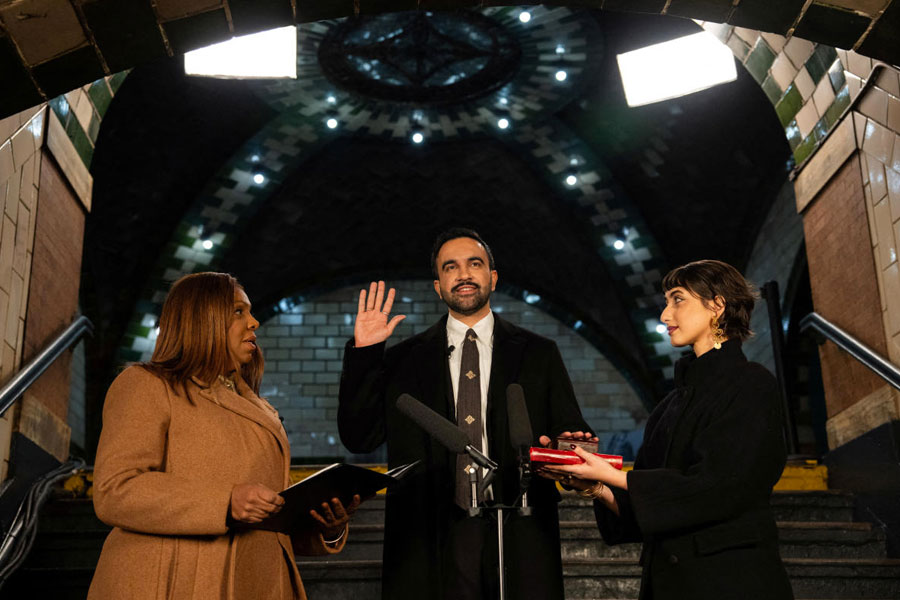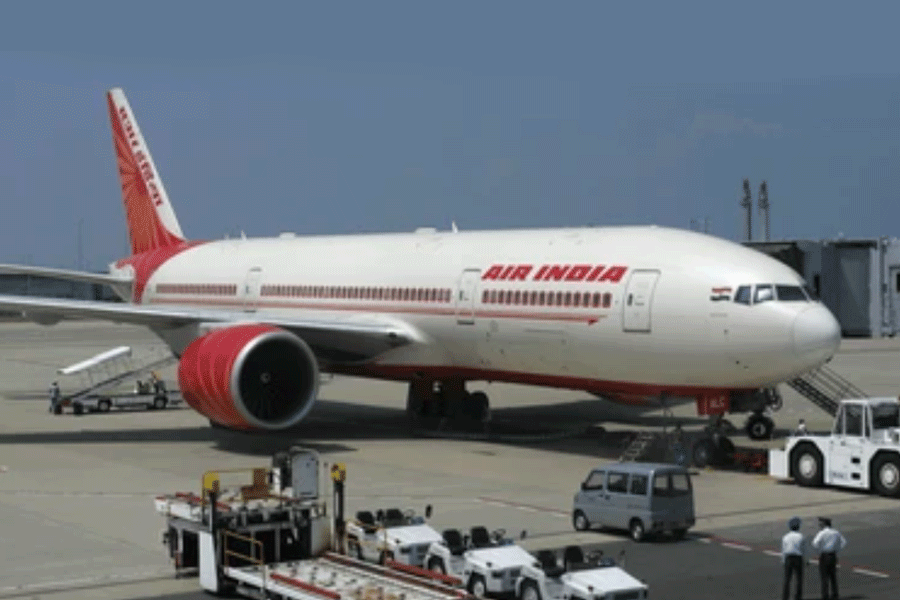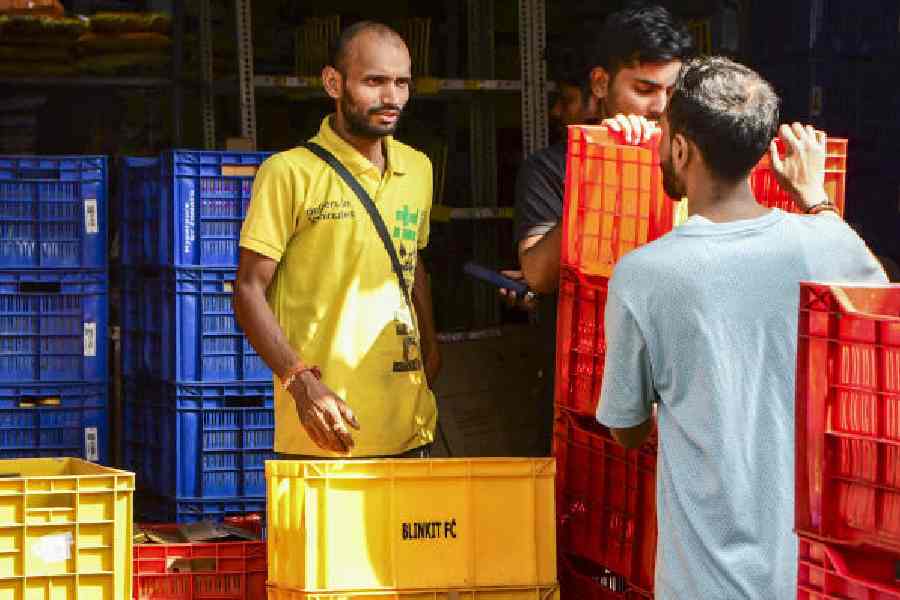The trigger for the tunnel collapse in Uttarkashi on Sunday remains unclear for now but the cave-in occurred along the Centre’s Char Dham highway widening project that experts say had evaded environmental impact assessment.
Structural engineers familiar with tunnel drilling challenges said on Tuesday that inadequate investigations prior to the excavation or inappropriate tunnel building protocols were possible reasons that could explain the collapse of a short segment of a 4.5km tunnel between Silkyara and Dandalgaon on the Brahmakhal-Yamunotri highway.
The Union surface transport ministry’s Char Dham project seeks to widen
900km of highways connecting four sites — Yamunotri, Gangotri, Kedarnath and Badrinath. Project proponents have argued that it would ensure round-the-year,
hassle-free travel to these shrines.
“Insufficient investigations may leave certain vulnerabilities hidden and they can turn into nasty surprises,” said Sandip Potnis, professor and head of tunnel engineering at the Maharashtra Institute of Technology World Peace University, Pune, who was not associated with this tunnel
Any tunnel building project, Potnis said, is preceded by geotechnical and geophysical investigations that look out for vulnerabilities such as cavities, or zones of low density earth-and-rock, or water ingress zones, or other factors that could weaken a volume of earth and rock.
“The Himalayas are relatively young mountains — hence fragile. Hence, despite proper investigations, we can expect some surprises,” he said.
M.L. Sharma, professor at the Indian Institute of Technology, Roorkee, said he had once investigated another tunnel collapse in the Himalayan region and spotted a previously undetected 250m-by-250m cavity.
“Cavities can weaken the area and raise the risk of a collapse,” he said.
Potnis said improper shotcreting — the process of spraying concrete that forms lining layers in the tunnel — or delayed installation of lining supports such as steelsets or lattice girders could also lead to an instability. “The shotcreting needs to be done by well-trained nozzle operators, the angle and the speed or spread are important,” he said.
The Uttarakhand government has asked a technical expert panel to probe the collapse. But experts who are not members of the panel and other citizens campaigning for responsible development in the Himalaya have said the tunnel is part of the Char Dham highway widening project that has involved unscientific construction and increased the risk of landslides and related disasters.
A high-powered committee (HPC) appointed by the Supreme Court to study the project and recommend steps to minimise its environmental and other impacts had in its July 2020 report observed that the project activities had “mercilessly destroyed forest, rivers, streams, land, soil and wildlife”.
The HPC noted that the 900km project was “misleadingly” broken into 53 smaller projects of less than 100km each “to evade the necessity of environmental impact assessment”, a process mandatory for any project over 100km.
“Without environmental impact assessment, the whole design has been faulty from the beginning,” said Mallika Bhanot, a volunteer with Ganga Avahan, a citizens’ forum in Uttarakhand that has been campaigning for what it describes as responsible development. “The tunneling done as part of the project is inconsiderate of the Himalayan environment.”
The HPC had also cautioned that inadequate slope protection measures had contributed to increasing counts of landslides along the Char Dham route. About 75 per cent of the Char Dham highway has already been widened.
“The impact is already becoming evident — even with mild rain in October this year, we had some 15 landslides along a stretch between Rishikesh and Uttarkashi,” said Hemant Dhyani, a member of the HPC and Ganga Avahan. “But along a stretch of the highway between Uttarkashi and Gangotri where the widening has not taken place yet, there are very few landslides.”
While the immediate trigger for the tunnel collapse is expected to emerge after the technical probe, Dhyani said, the collapse has occurred against a backdrop of what he described as a “casual and irresponsible” approach to development in the Himalaya.
“Projects in the name of development are leading to haphazard construction and compromising the carrying capacity, the ecological sensitivity and the cultural sanctity of the Himalaya,” Dhyani said. “Such a race for the commercialisation of the Himalaya is a disaster in the making.”
The surface transport ministry had told the Supreme Court in November 2021 that it has initiated efforts to address landslide prone areas. The ministry said it had taken up existing chronic landslide locations for risk mitigation and had identified 125 vulnerable locations for remedial measures.












